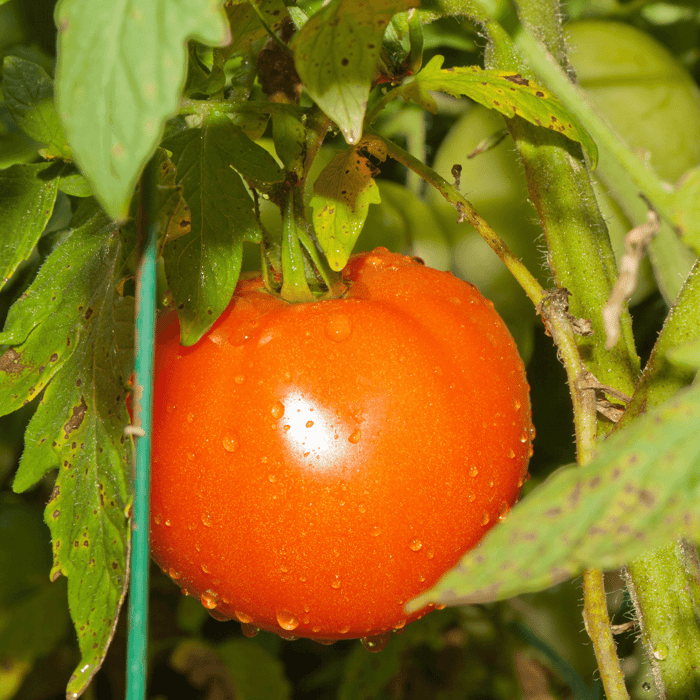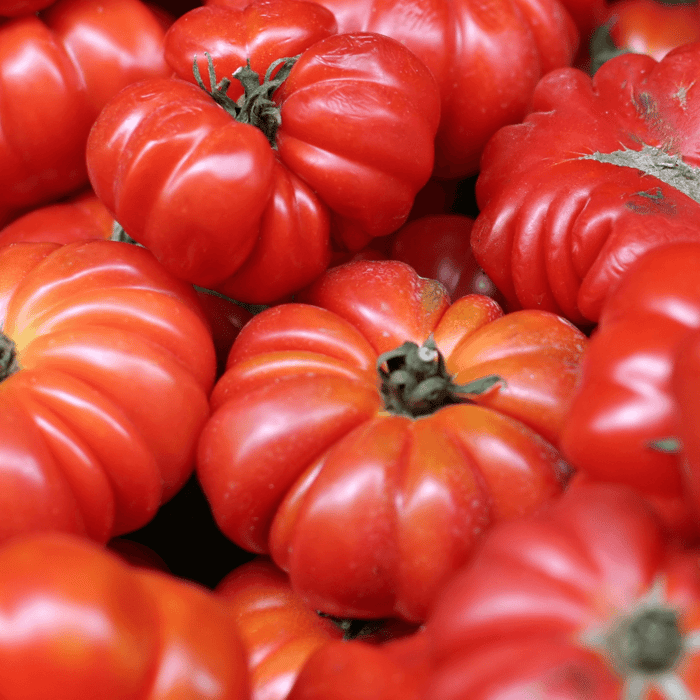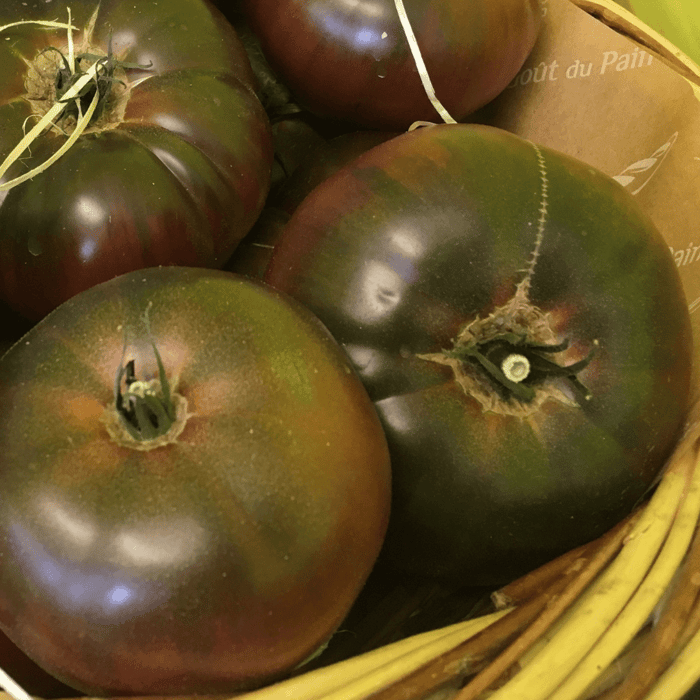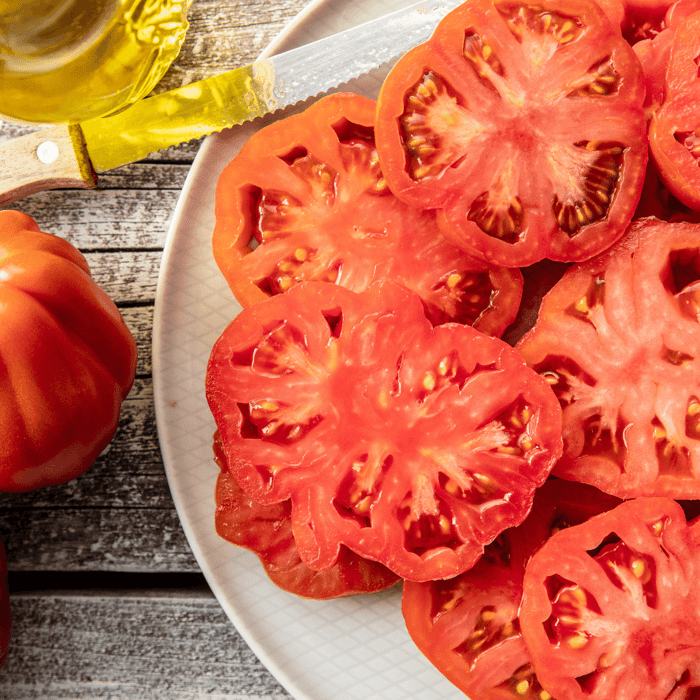Hey there, fellow tomato gardeners! I'm Jeena, an avid tomato gardener and lover of everything related to growing my produce and salsa gardens. Today, we're going to delve into the topic of are Ace 55 tomato determinate or indeterminate. Understanding the growth habits and characteristics of this beloved heirloom tomato variety is essential for anyone looking to grow tomatoes in their own garden.
Ace 55 Tomato: A Quick Overview
The Ace 55 tomato is an heirloom tomato variety known for its thick-walled, delicious, sweet red tomatoes and perfect for fresh eating and canning. These open-pollinated tomato seeds produce disease-resistant plants that thrive in full sun and warm season conditions. Here's a quick rundown of the critical features of the Ace 55 tomato plant:
Ace 55 VF Tomato Seeds
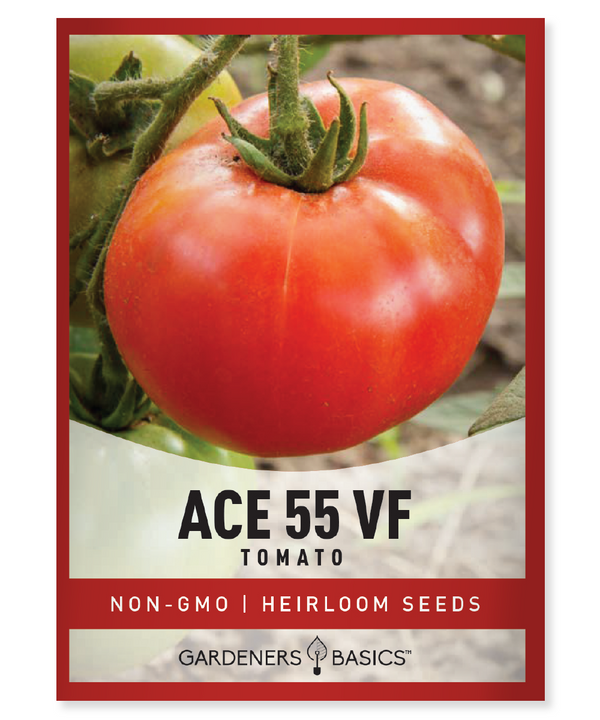
$2.49
Ace 55 VF Tomato Seeds - Heirloom, Non-GMO, Non-Hybrid, Open-Pollinated Variety | Perfect for Home Gardens & Small Farms Looking for a top-quality, high-yielding tomato variety that’s perfect for fresh eating, canning, and cooking? Our Ace 55 tomato seeds are… read more
Heirloom Tomato Variety
Originating from the 1950s, the Ace 55 tomato has been passed down through generations of gardeners, preserving its desirable traits. As an heirloom variety, it offers a diverse gene pool, contributing to its excellent flavor and adaptability to various growing conditions.
Open-Pollinated Seeds
Ace 55 tomatoes are open-pollinated, meaning they're pollinated naturally by insects, birds, wind, or human intervention. This allows for preserving their genetic traits and ensures that the seeds collected from these plants can be used to grow true-to-type plants in future seasons.
Disease-Resistant Plants
One of the significant benefits of growing Ace 55 tomatoes is their disease resistance. These plants are less susceptible to common tomato diseases such as Verticillium wilt and Fusarium wilt, making them a hardy choice for gardeners of all skill levels.
Full Sun and Warm Season Crop
Like most tomato varieties, Ace 55 tomatoes thrive in full sun and warm season conditions. They require at least six hours of direct sunlight daily and consistent temperatures between 70°F and 85°F for optimal growth and fruit production.
Thick-Walled Red Tomatoes
Ace 55 tomatoes are known for their thick-walled fruits, which make them ideal for slicing, salads, and canning. The fruits are typically medium-sized, weighing around 10 ounces, and boast a sweet, mild flavor perfect for various culinary uses.
Now that we have a general understanding of the Ace 55 tomato let's take a closer look at its growth habits and determine whether it's a determinate or indeterminate variety.
Determinate vs. Indeterminate Tomatoes: What's the Difference?
Before we can confidently classify the Ace 55 tomato as either determinate or indeterminate, we must understand the differences between these two types of tomato plants. Here's a brief overview:
Determinate Tomatoes
- Growth pattern: Determinate tomato plants grow to a specific height and then stop, usually topping out between 3 to 4 feet tall. The main stem of determinate plants typically ends in a flower cluster, signaling the end of vertical growth.
- Fruit production: Determinate tomatoes produce a concentrated set of fruit within a 1 to 2-week period. This makes them ideal for gardeners who want a large harvest quickly or those with limited space, such as small gardens or containers.
- Support: Due to their compact growth habit, determinate tomato plants require less support or staking than indeterminate varieties. Depending on the variety and growing conditions, some may not need staking at all.
- Pruning: Determinate tomato plants generally require minimal pruning. Since their growth is naturally limited, removing suckers or extra boosts is unnecessary to encourage fruit production.
Indeterminate Tomatoes
- Growth pattern: Indeterminate tomato plants continue growing and producing fruit until killed by frost or disease. They can grow tall, often reaching 6 to 12 feet, depending on the variety and growing conditions.
- Fruit production: Indeterminate tomatoes produce fruit throughout the growing season, offering a steady supply of tomatoes for gardeners to enjoy over an extended period. This makes them ideal for those who prefer a continuous harvest for fresh eating or preservation.
- Support: Due to their vigorous growth habit, indeterminate tomato plants require more support and staking to prevent them from collapsing under the weight of their fruit. Gardeners often use cages, stakes, or trellises to provide adequate support.
- Pruning: Pruning indeterminate tomato plants can be beneficial in terms of managing their size, improving air circulation, and encouraging fruit production. Removing suckers and extra growth helps direct the plant's energy toward producing fruit rather than excessive foliage.
Heirloom Tomato Seeds for Planting | 16 Variety Pack
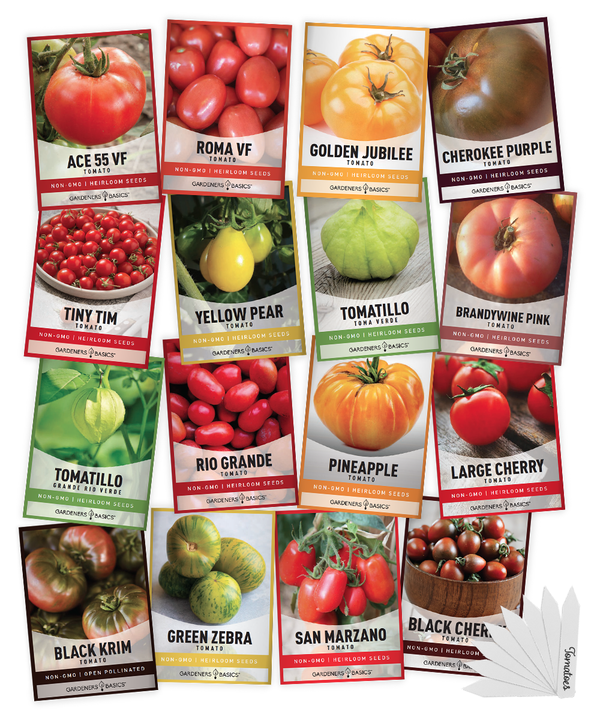
$19.95
The Ultimate Tomato Seed Variety Set - 16 Heirloom, Non-GMO Tomato Varieties for Your Home Garden Introducing our 16 Tomato Seeds Variety Pack, a must-have collection for any gardening enthusiast or professional grower! This premium seed assortment includes a diverse selection… read more
Is the Ace 55 Tomato Determinate or Indeterminate?
The Ace 55 tomato plant is a determinate variety. This means the plant grows to a specific height, typically between 3 to 4 feet, and then stops growing. The advantage of growing determinate tomato varieties like the Ace 55 is that they produce a concentrated set of fruit, usually within a 1 to 2-week period. This makes them perfect for gardeners who want a large harvest quickly or those with limited space, such as small gardens or containers.
Benefits of Growing Ace 55 Tomato as a Determinate Variety
- Ideal for small spaces: Since Ace 55 tomato plants have a compact growth habit, they're perfect for gardeners working with limited space or those who prefer container gardening. Their manageable size allows you to maximize the use of your garden area.
- Less support required: Determinate varieties like the Ace 55 tomato typically need less support and staking than indeterminate tomatoes, which can be a plus for gardeners looking to save time and effort. Although some support may still be necessary, it will be less intensive than what indeterminate plants require.
- Concentrated harvest: The Ace 55 tomato plant's fruit production is concentrated within a short period, allowing gardeners to enjoy a large harvest all at once, which can be particularly useful for canning or preserving purposes. This also helps in planning crop rotations and garden space management, as you'll know when to expect the harvest and can prepare for the next crop accordingly.
Planting and Growing Ace 55 Tomato Seeds
Since Ace 55 tomatoes are a determinate type of tomatoes, they are well-suited for starting seeds indoors, especially in regions with shorter growing seasons. Begin by planting seeds indoors approximately 6 to 8 weeks before your area's last expected frost date. Transplant the seedlings outdoors when temperatures are consistently above 60°F, and there's no risk of frost.
While the main focus of this article is on the growth habit and characteristics of the Ace 55 tomato plant, it's worth noting that they are relatively easy to grow and care for, making them an excellent choice for novice and experienced gardeners.
Final Thoughts
In conclusion, the Ace 55 tomato is a determinate variety, well-suited for gardeners with limited space or those who prefer a concentrated harvest. Its thick-walled red tomatoes are perfect for fresh eating and canning, making it a versatile and valuable addition to any home garden. Now that you know the growth habits of the Ace 55 tomato, you can plan and plant your garden accordingly, ensuring a bountiful and delicious harvest.
Happy gardening!



